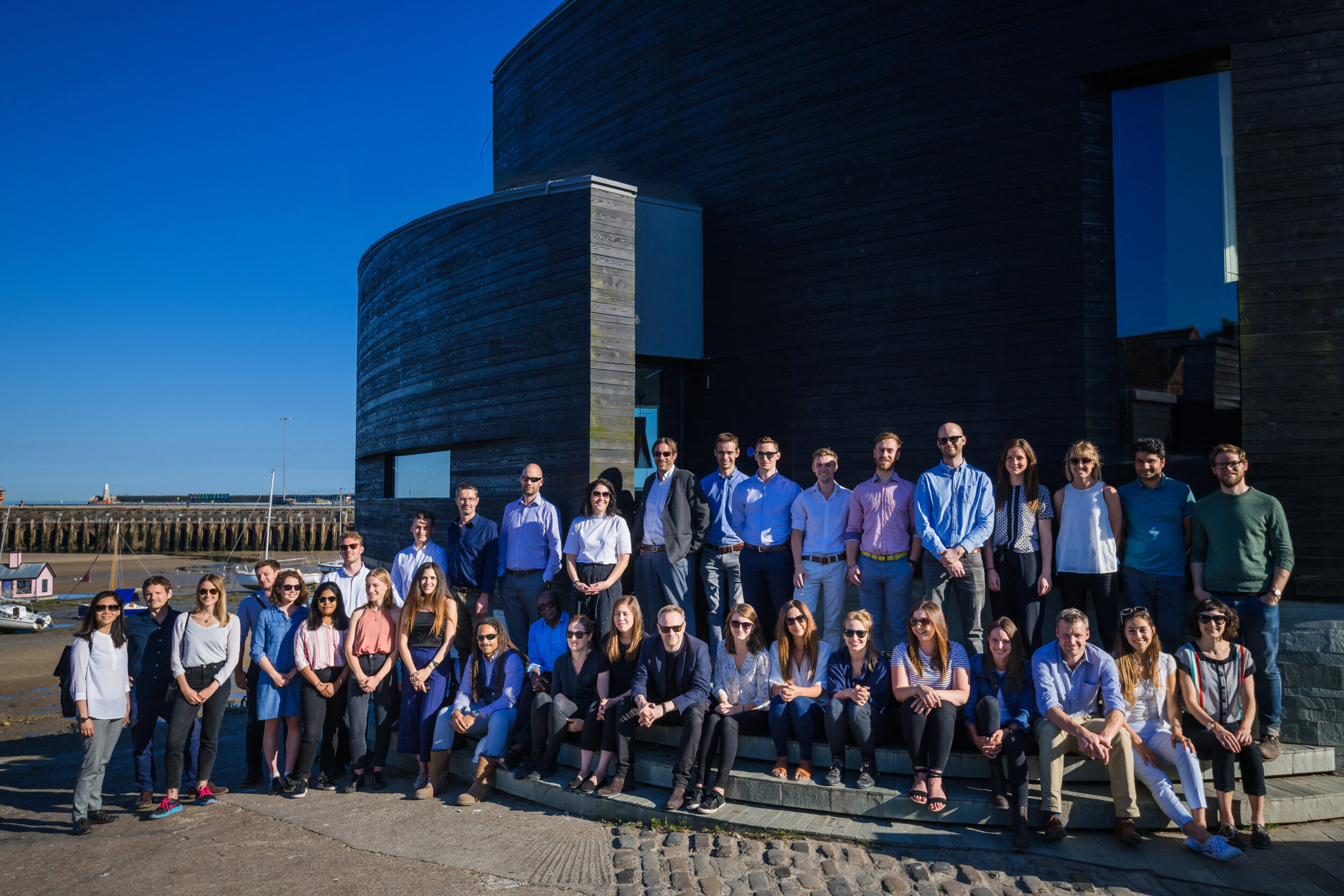
Hollaway Studio is an architectural and interior design practice that embraces the past, the present, and the future and places people and feeling at the core of its architecture philosophy.
Almost half the team (47%) are women which creates an important balance at Hollaway. As an industry women account for 35% of all architects, which is increasing year-on-year, but we believe this balance is crucial for approaching the design of projects. It’s not about making token gestures of equality, but understanding the different perspectives and skills that we all bring to a project.
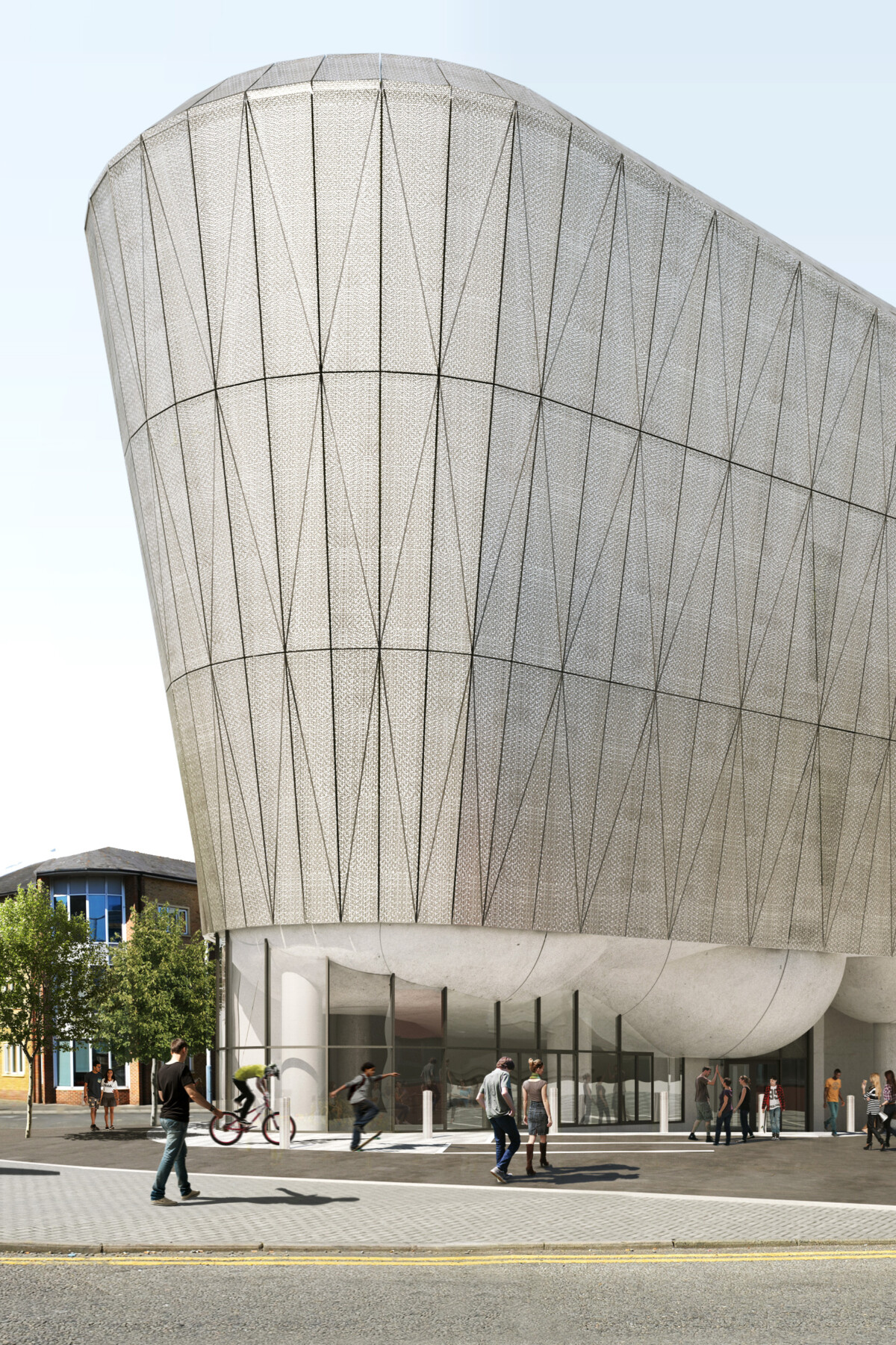
Design begins with feeling – for place, for the past, for the needs and wants of the now, and for a future that matters. It listens. It empathises. It’s pragmatic. It’s an understanding that informs everything we do. It makes buildings that work – truly, beautifully. This is how we approach all projects.
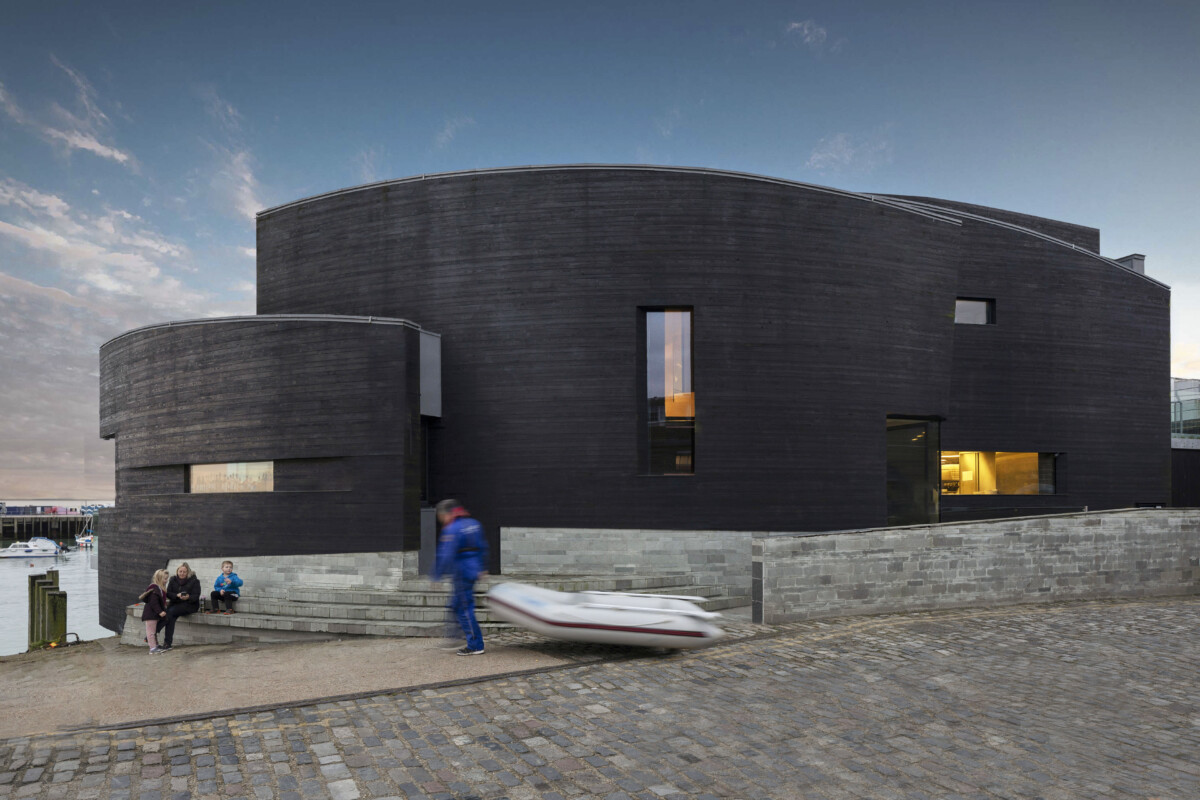
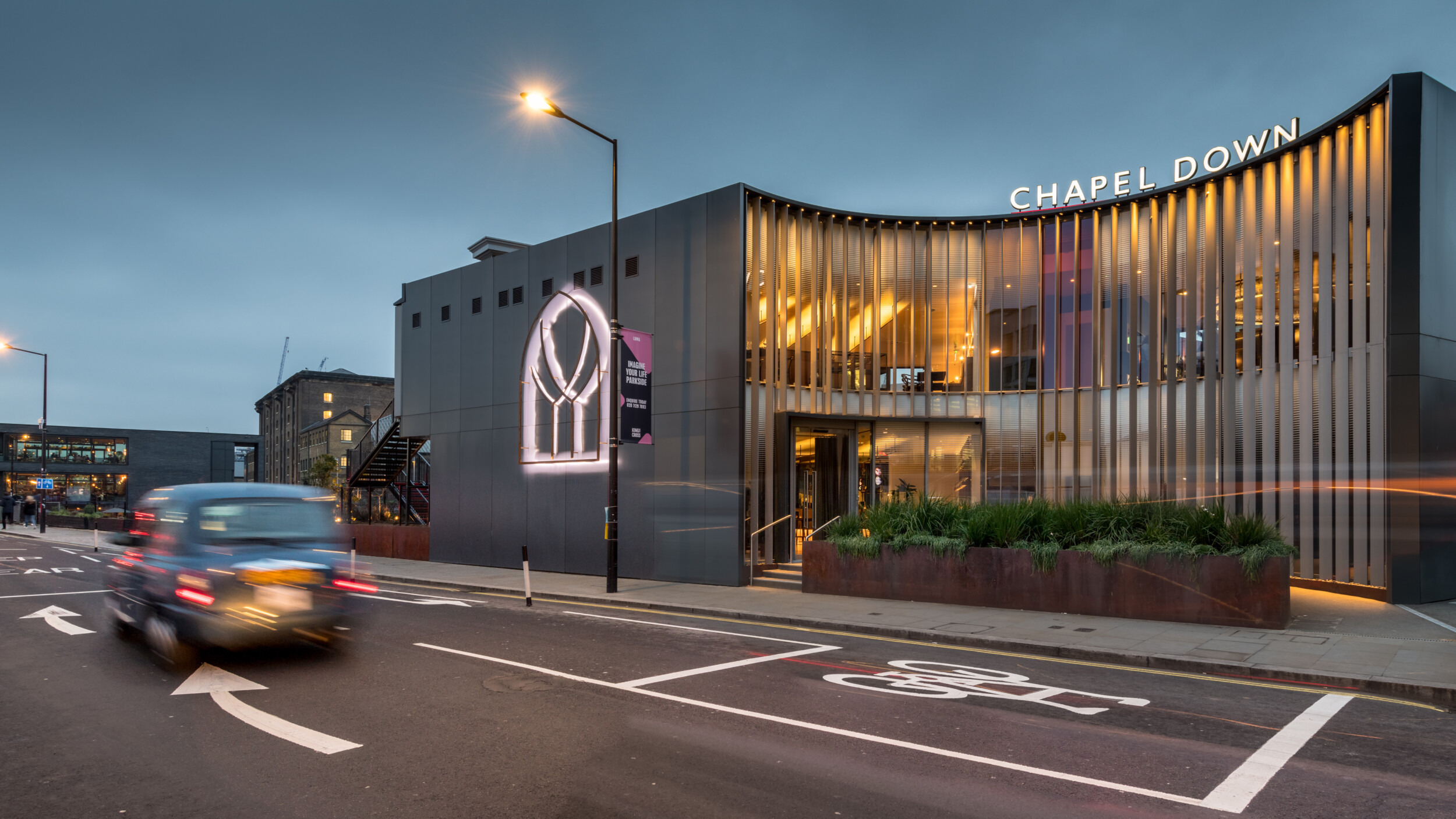
An architecture practice is nothing without its people, and the very best practices are those in which everyone has a voice – however different it may be. We are extremely fortunate Hollaway is exactly this: an extraordinary bunch of thinkers, talkers, and doers. These are the people that get buildings made.
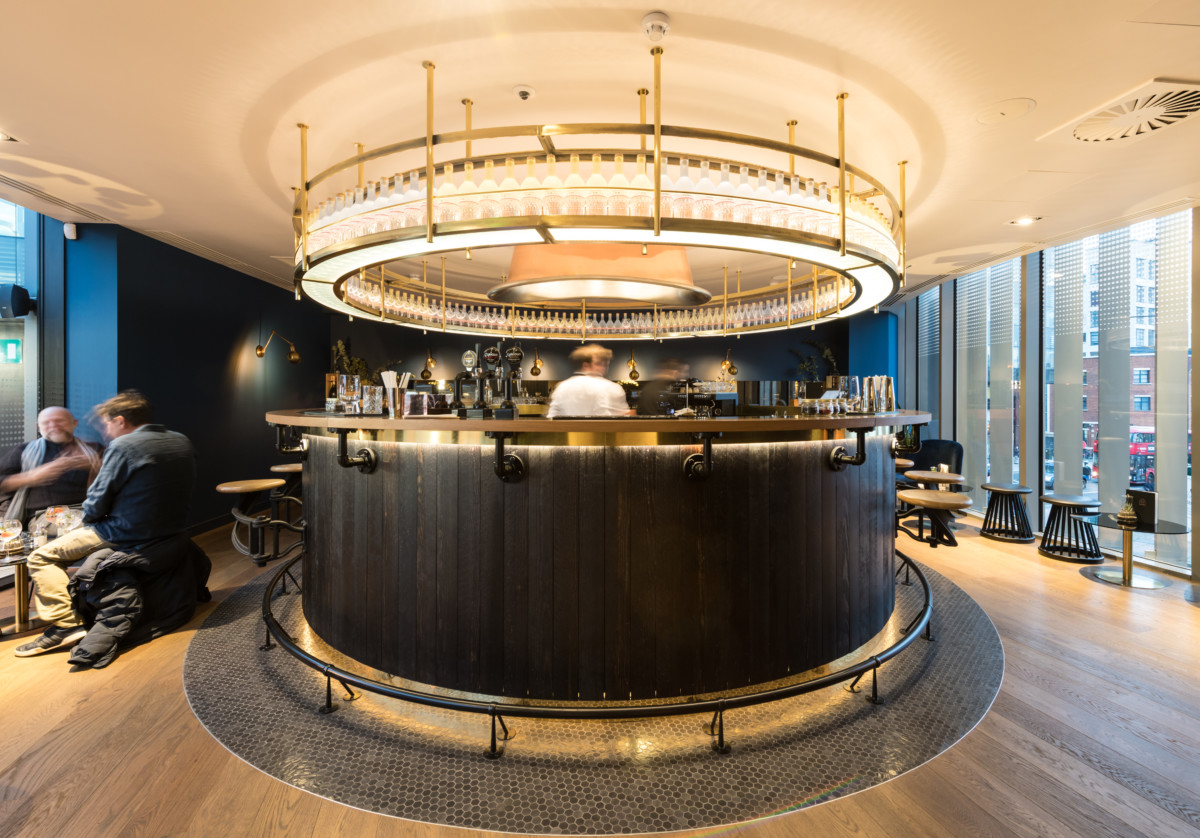
Annabel Sawyer, a female architect at Hollaway Studio, is the lead architect on the world’s first multi-storey skatepark. A very unique project in that there are so many aspects of the design that were outside of the usual building typology that Hollaway had previously worked on. There was a considerable amount of research, development and prototype testing that was undertaken to ensure that the concepts work.
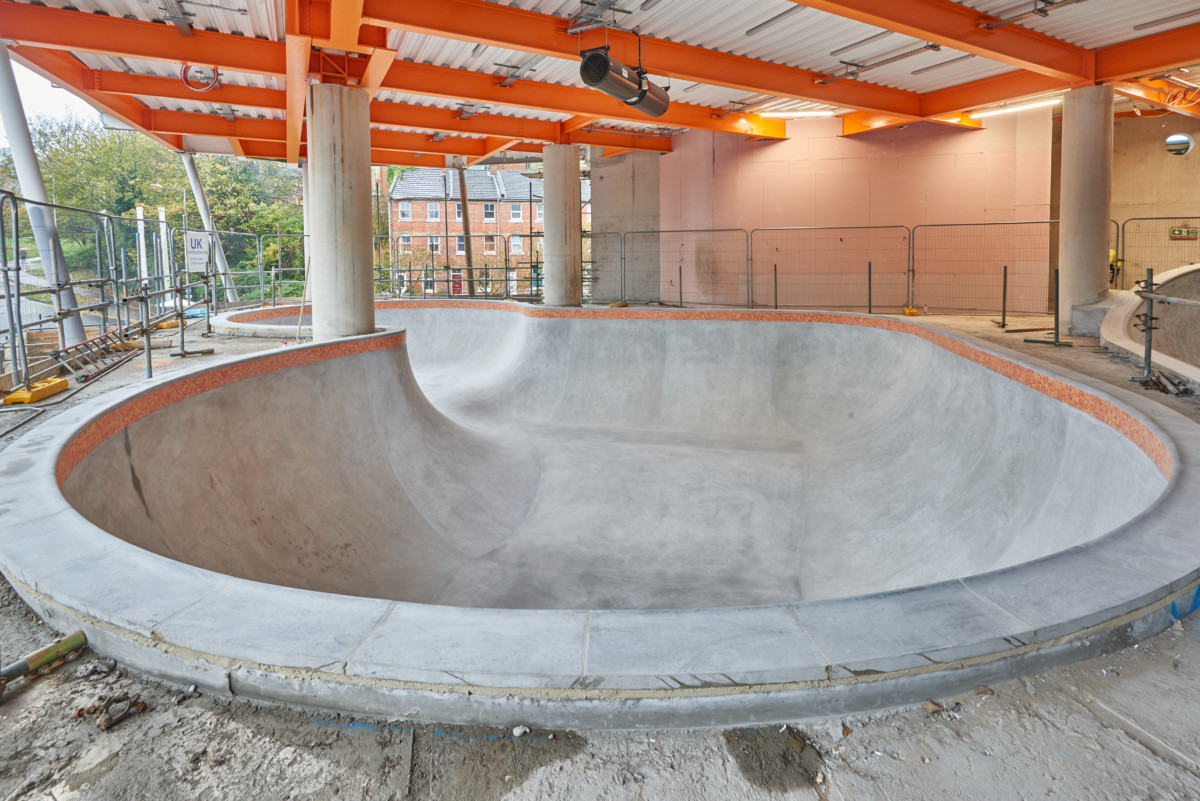
Creative thinking was required at all stages of the project, not just in design but also in construction methodology and it was really a team effort to get the project out of the ground. As lead architect Annabel really worked closely with the Engineers, Skate Park Designers, Climbing Wall Designers, Builders and Manufacturers to make the complex design a reality.
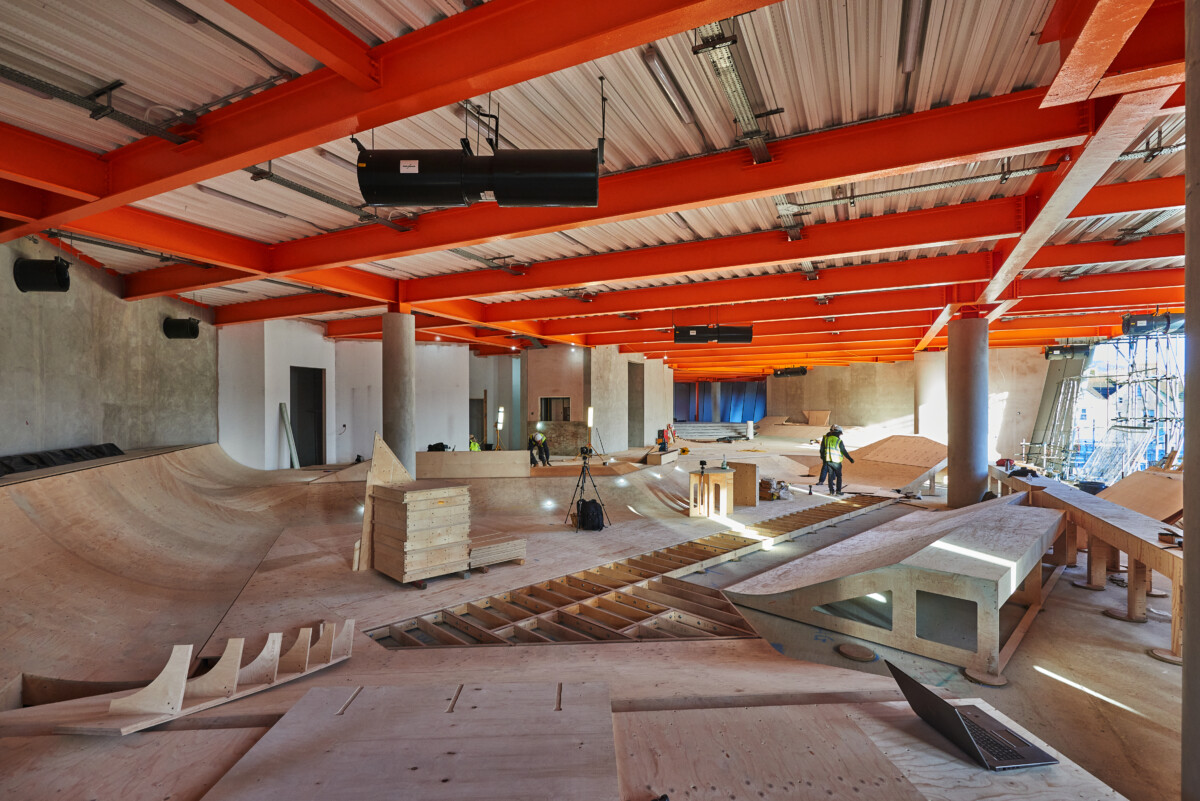
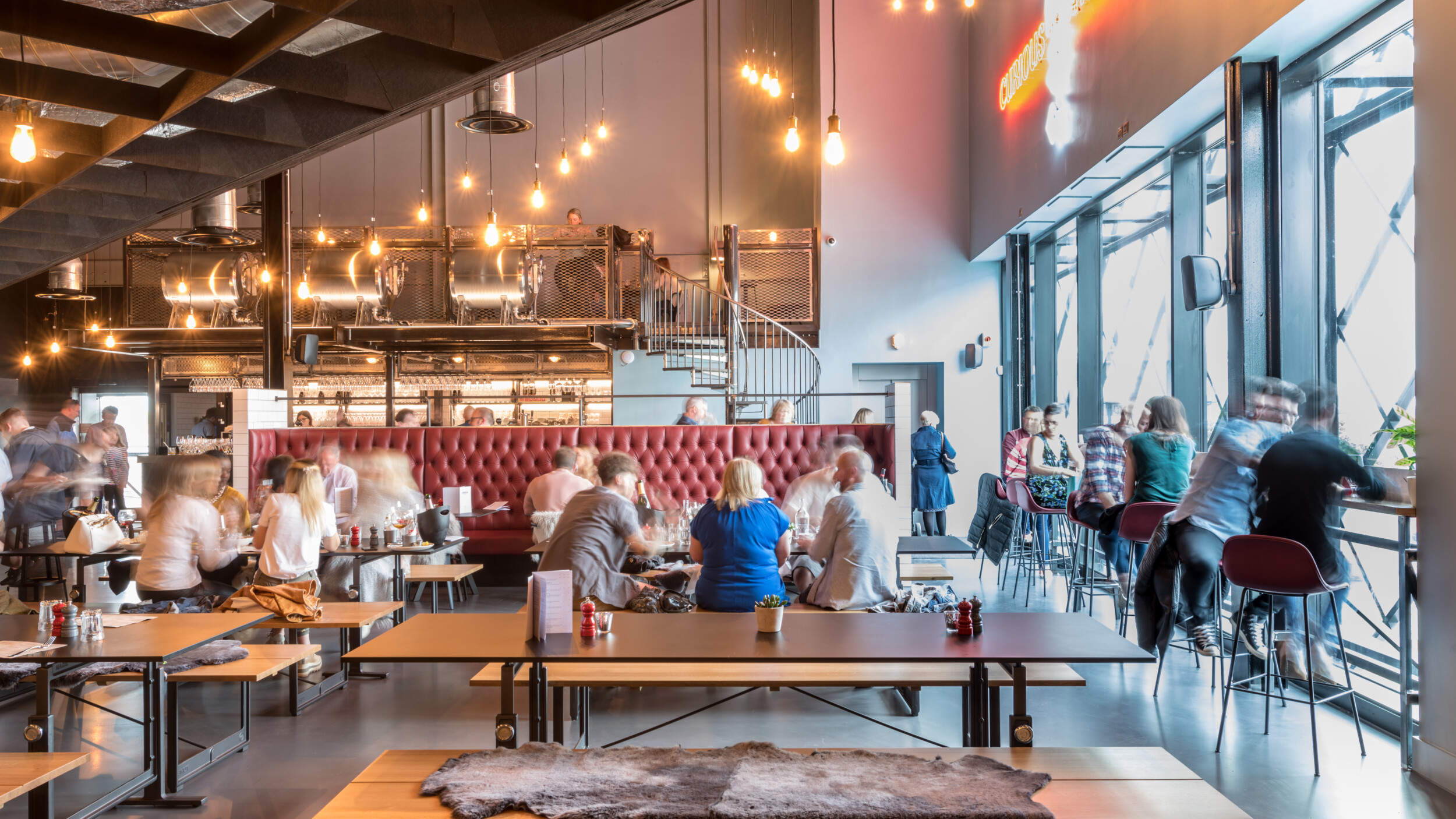
The RIBA award-winning architecture and design practice has built its reputation working on a wide array of projects, including a cutting-edge skate park, the world’s first heritage theme park, a bespoke artist’s studio in an open field, and a high-end seafood restaurant. The breadth of these projects may be wide, but each one brings the perfect balance of playfulness and sincerity, with a firm focus on placemaking, sustainability and the experience of the individuals who will use the space.

London
10A Acton Street WC1X 9NG
+44 (0)20 7096 5425
Kent
The Tramway Stables, Rampart Road
Hythe CT21 5BG
+44 (0)1303 260 515
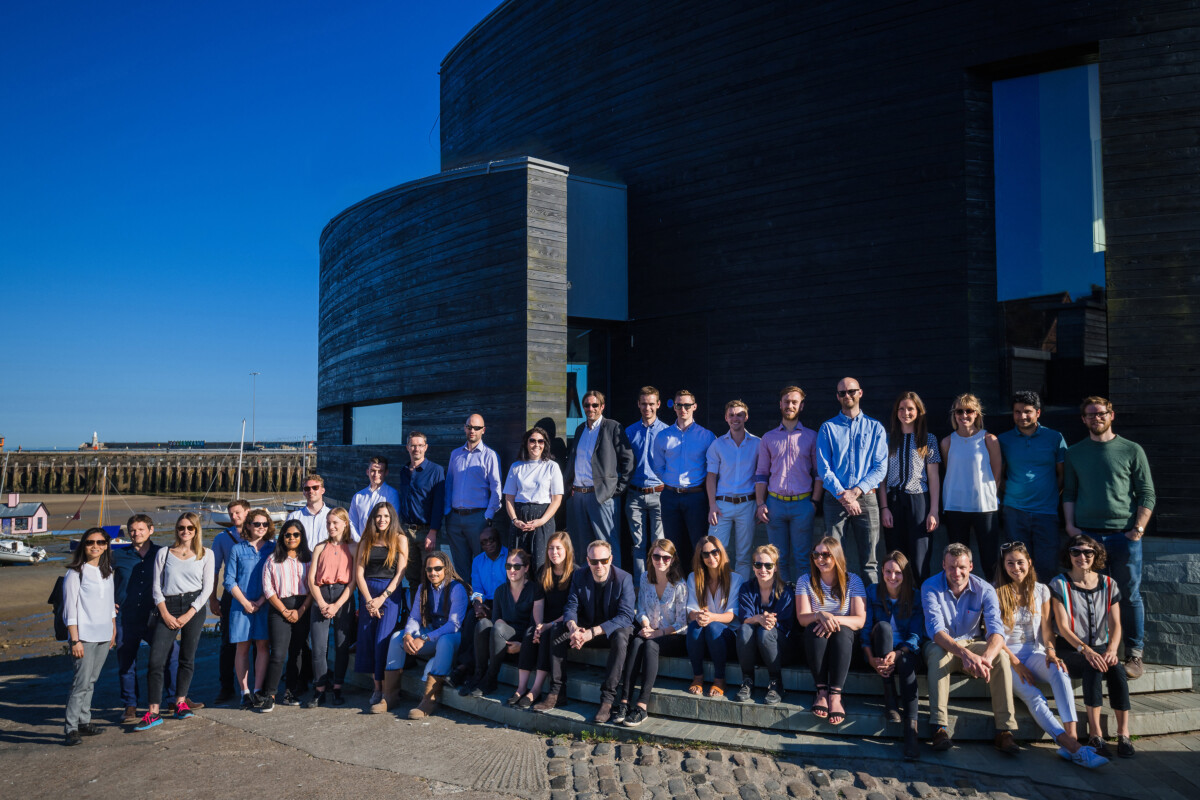
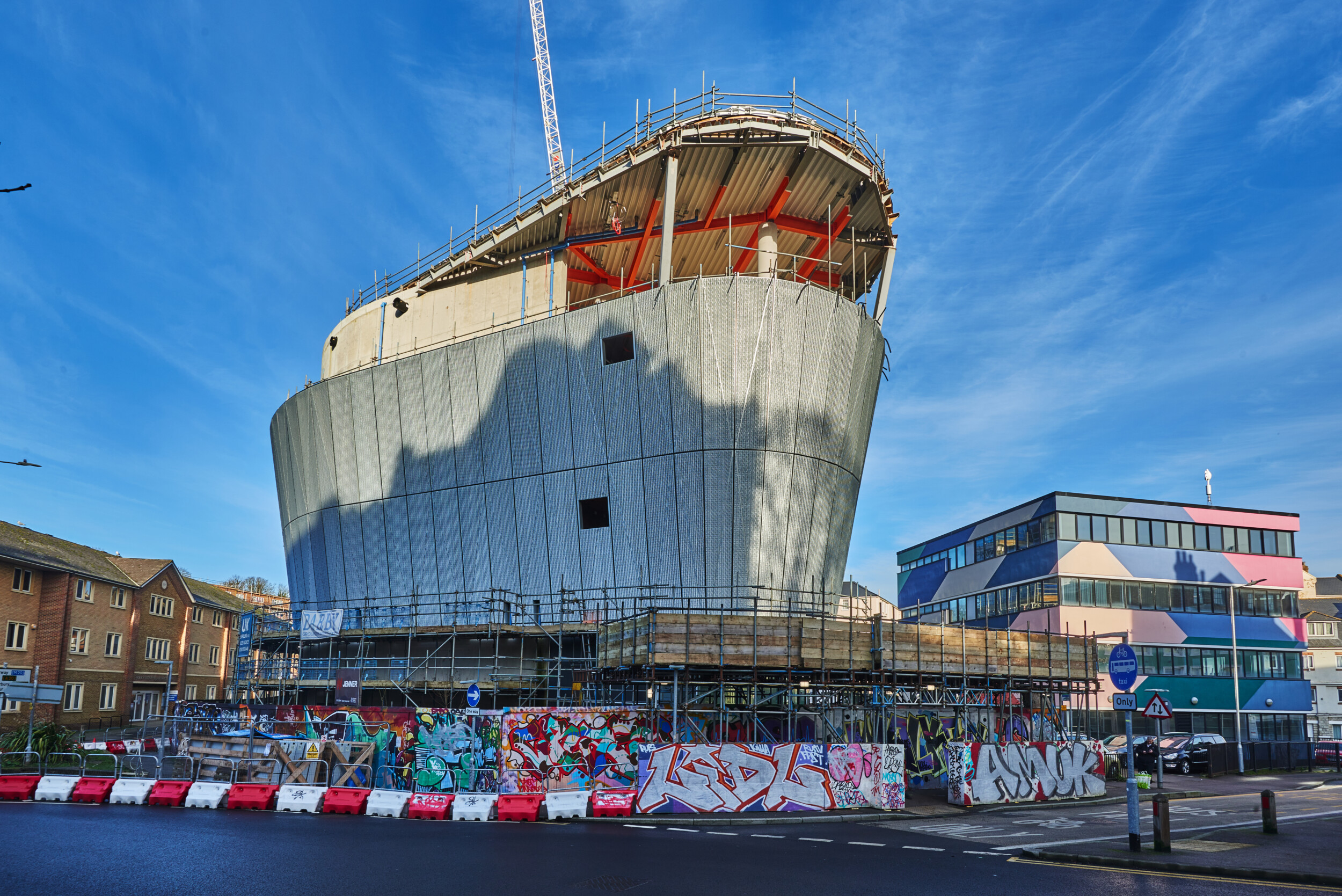
Did you know?
Female Architects in the UK
The AJ100 survey has revealed that the biggest firms in the United Kingdom are becoming more diverse, with female architects now making up a third of the largest practices in the country. Of course, we still need to take steps forward, but this is certainly a positive step. With that being said, continue reading to discover everything that you need to know about female architects in the UK.
We’re seeing positive growth in the right direction when it comes to diversity in the architectural industry
Females now make up one-third of all architects in the AJ100. This represents the fourth year in a row that we have seen an increase in the proportion of female architects.
In addition to this, there has been a slight increase with regard to the proportion of architects with a BAME background, with BAME standing from Black, Asian, and Minority Ethnic.
Referring to the 106 AJ100 practices in the UK, there are 2,228 female architects employed by these businesses. In total, there are 6,782 employees, and so the female make-up accounts for 33 per cent. This recommends an increase of one per cent when compared with the former year, as there were 2,165 females out of 6,853 employees in total. However, if we roll back the clock further, we can see that the percentage was 27 per cent, and so considerable strides are being made.
Comparing these figures with the statistics that have been published by the ARB
Comparing these figures with the ARB’s register of architects makes positive reading. With regard to the latter, it has been recorded that 26 per cent of the 38,500 registered architects in Britain are women.
We could deduce from this that females are much more likely to work for one of the bigger architectural companies in the country. In fact, at AJ100 practices, they employ around a quarter of all registered female architects in the UK.
In total, 78 of the 106 practices have a greater number of female architects than the average of 26 per cent at the ARB. However, we cannot ignore the fact that there are six practices that are very much at the other end of the spectrum, as their share of female architects does not even come to half of the ARB average. Two of these firms actually only apply eight per cent of females in their workforce, which is, of course, very small.
We do have to give a special shoutout to five practices, though, as they employ more females than males, which is great to say. These were Architype, Pattern Architects, Darling Associates, Comprehensive Design Architects (CDA), and Michaelis Boyd. Furthermore, Pozzoni employs an equal number of male and female architects.
Are things changing for females in the world of architecture?
Most people would agree that things are changing for women in the industry of architecture. The statistics above have given some insight into this. We are seeing that some of the gender barriers in the industry have been removed, and there is also more crossover and balance between the interior design and architecture roles.
However, a lot of female architects in the industry at the moment have stated that one of the biggest changes is that there are now female role models. The RIBA Royal Gold Medal is a prime example of this. The award has been given to Shelley McNamara and Yvonne Farrell of Grafton Architects in Dublin. This is only the second time that the prize has been given to a firm that is led by females within the 172-year history. The first time this happened was in 2016 when Zaha Hadid won the award. Therefore, while it is great to see that women are winning the award and we have role models to look up to, we need this trend to continue.
There is also more recognition, openness, and respect when it comes to the role that females play within the industry. A lot of people would agree that there is genuinely greater interest in the female perspective in terms of what women can bring to the design of places and spaces.
So there you have it: everything that you need to know about female architects in the UK and how the industry is becoming more balanced. While we still need to make strides forward, this is the fourth year in a row that we have seen the proportion of female architects grow, and so it is definitely good to see that we are moving in this direction.